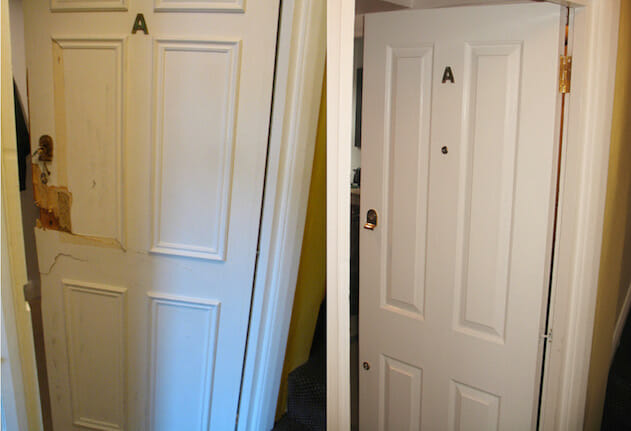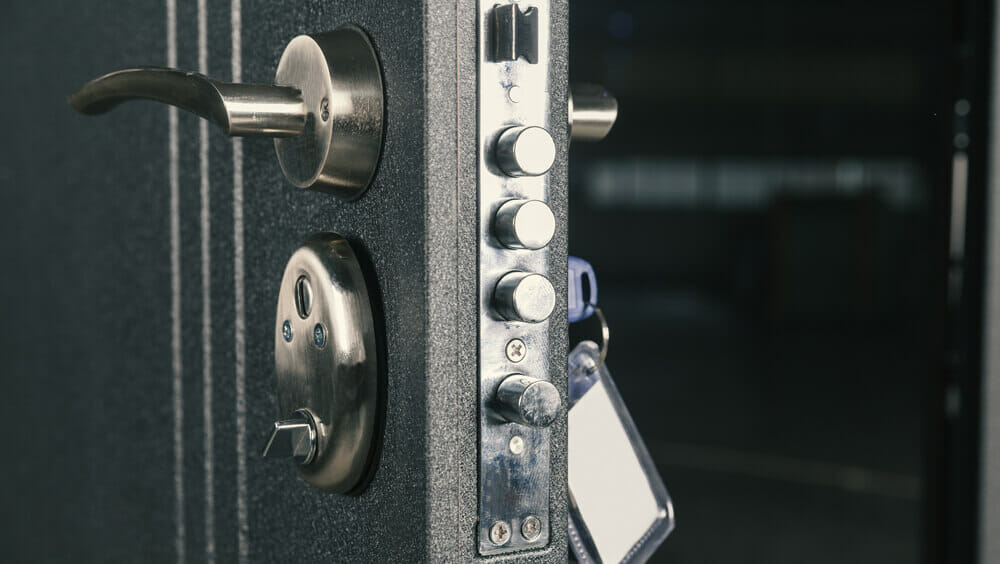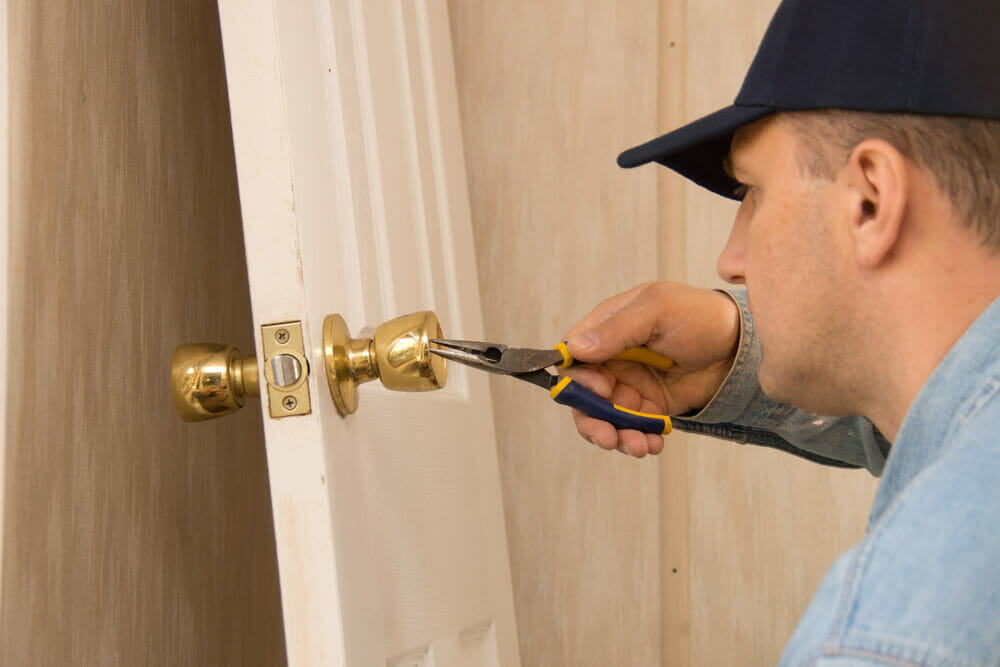 Important things to know about fire doors
Important things to know about fire doors

A fire door is a door which carries a fire protection rating (or fire resistance rating) and forms part of a building’s passive fire protection system; by this we mean that its main aims are to reduce the spread of fire and the spread of smoke throughout different sections of a building.
In the UK fire doors adhere to the European standards (EN 16034) and Part B of the Building Regulations set out the minimum requirements for fire protection in any named dwelling; this includes the provision of appropriate fire doors.
Fire doors are often made of a combination of materials; they can have glass sections, be made of timber or steel, vermiculite boards or aluminium. Gypsum is often used as an endothermic fill too. Glass is usually protected by a wire mesh and seals which comprise of the aforementioned intumescent strip, neoprene weather stripping and gaskets to prevent the passage of smoke.
In terms of hardware you’ll find some that are standard with all fire doors. They may have ball bearing hinges, a positive latching mechanism and gas seals as well as the smoke seals talked about previously.
Where to buy a fire door in London
Fire doors at standard sizes can be bought in many building merchant and diy stores around London. If your frame is not at standard size (i.e 76cm x 2.10 or similar) you might need to find a private trader like doors & doors in North London, The London door Company in South London, or K&H Timber in the East. It is also may be simpler and cheaper to get all the appliances fitted while having your door prepared then calling a locksmith over to install these after door arrive at your doorstep. The cost for an installation of a fire door and locks may vary, some guide lines for the projected cost find here.
FD Rate
One way in which fire doors are categorized is by the amount of protection they offer; you might hear fire doors described as FD30 or FD60; the 30 and 60 refer to the amount of time that the doors offer full protection before being compromised.
Intumescent strips
To install intumescent strips follow these steps:
Check to see if your door is pre-grooved and establish the size and number of intumescent seals required.
Rebate the door (or the door frame) to allow the chosen seal to fit; this should be fitted so the PVC sleeve ends up flush with the timber. You may want to make an allowance width-wise in the rebate to accommodate for timber shrinkage or painting/staining.
The gap between the door and the frame should be no bigger that 4mm. To fix the strips remove the release paper and push it into the rebate firmly. Alternatively you could use steel pins.
If you are going to paint or stain the door subsequently, make sure that the paint/stain does not come into contact with the strip.
Mag locks For Fire Doors
Electromagnet locks are used in some instances where fire doors need to be open (such as busy hospital corridors); these mag locks are wired to the building’s fire alarm system and deactivate releasing the door(s) in the event of a fire. In the main, fire doors are built to be kept closed in a resting state.



